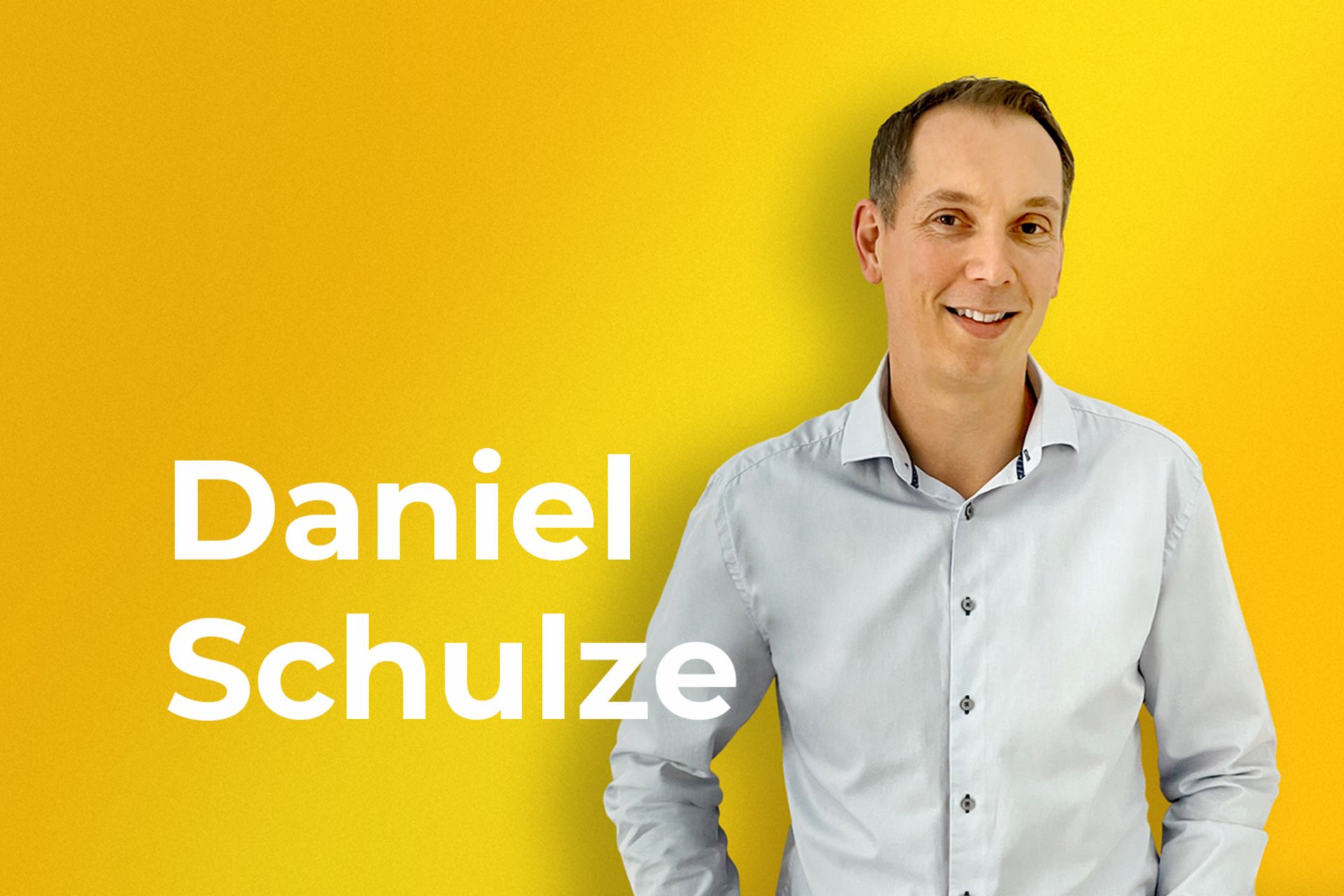The international community of nations set ambitious climate protection goals in 2015 as part of the Paris Agreement. The TRATON GROUP will also contribute to reaching these goals, with both innovative drive systems and energy sources playing a vital role.
A delivery truck with a refrigeration unit parks in front of a restaurant on a street corner. While the driver is busy unloading fresh fish, a fire truck drives by with its signal blaring. As receipt is being confirmed, an articulated bus with more than one hundred passengers passes by. At the same time, an express delivery service is handing over packages to a family that ordered them online. This is a scene that could take place in any large city in the world, and although it is fictional, it serves to demonstrate how society benefits from trucks and buses and the services they provide. Without commercial vehicles, modern life as we know it would come to a standstill: supermarkets would be empty, and garbage would pile up in front of houses. However, this progress does have one drawback: until now, the energy used to operate commercial vehicles has stemmed almost exclusively from fossil sources. According to the International Energy Agency, road freight transportation alone accounts for around 7% of greenhouse gas emissions caused by human activity.
Moreover, this proportion is rising, as growing prosperity across many of the world’s regions has led to an overall increase in freight transportation. This is reason enough for Andreas Renschler, CEO of the TRATON GROUP, to usher in a new era: “TRATON is unequivocally committed to the goal of switching to renewable energy sources by 2050 when it comes to the energy needed for the transportation industry, and is already working together with all stakeholders to lay the appropriate groundwork.” This is an ambitious goal, because it is ultimately the commercial vehicle operators that decide whether or not to use the new technologies. The main criteria for this decision are the total operating costs during the holding period as well as reliability. The TRATON GROUP is therefore focusing on a multifaceted approach that entails the pursuit of three different paths, which can be distinguished by the energy sources used.
Alternative fuels
Ultimately, the success of the climate protection goals set in Paris is not something that will only manifest itself in 2050. Instead, their success depends on another factor, namely the amount of greenhouse gas emissions that are emitted up until that point in time. Therefore, each gram of CO2 that can be saved by means of conventional technology represents a valuable contribution. This also includes the use of natural gas, the combustion of which generates very few harmful emissions. In addition to energy-efficient, high-tech combustion engines such as the new Common Base Engine 1, the use of alternative fuels is also a fundamental part of TRATON’s Climate Strategy. The liquid energy source is generated either on the basis of renewable agricultural raw materials, waste, or completely synthetically by means of green electricity. Biofuels as well as e-fuels do have an advantage, namely because they can be mixed with diesel fuel and thus contribute to the reduction of CO2 emissions for the entire existing fleet. However, the main challenge standing in the way of overall market acceptance for sustainably produced biofuels and e-fuels is the cost factor: in most cases, oil-based diesel fuel is simply the more affordable alternative.
Hydrogen
Hydrogen can be generated cleanly from renewable energies and can be stored in large quantities. In addition, hydrogen reacts with oxygen, allowing huge amounts of energy to be released in a short period of time. Moreover, it is also possible to conduct this process in a highly controlled manner within a fuel cell, which, in turn, can be used to power an electric engine. As far as the amount of time it takes to refuel, the process for hydrogen is similar to that of diesel fuel. While the charging times remain long, this represents an advantage over electric power, which could certainly constitute a decisive factor for certain commercial vehicle applications. Thus, fuel cells could serve as a means of complementing purely battery-powered drive systems for the TRATON GROUP. The first vehicles are already undergoing testing. If the technology proves successful, then the establishment of a widespread infrastructure, ranging from generation to service stations, represents a task that must be approached from a societal standpoint— because even a globally operating commercial vehicle manufacturer like the TRATON GROUP cannot accomplish this alone.
Electricity
Virtually zero-emission power can be generated using resources such as sun, wind, and water. Moreover, if this power is directly used in electric drive systems, then the efficiency factor is extremely high: up to 80% of generated power can be promptly converted for transportation purposes. The electrification of commercial vehicles is thus an integral part of the strategy that the TRATON GROUP is pursuing en route to low-emission vehicles. The electrification of trucks and buses has numerous facets: the combustion engine is either supplemented by an electric drive system, creating what is then referred to as a hybrid vehicle, or completely replaced. The TRATON GROUP brands are already preparing the series production of battery-powered drive systems for several cases of operation, such as commuter buses. To a great extent, they are focusing on this form of technology for the long term. The challenges lie in the on-board electricity storage as well as in the establishment of a charging infrastructure suitable for commercial vehicles. Energy supply via overhead power lines on highways (e-highways) is currently in the testing stage.








